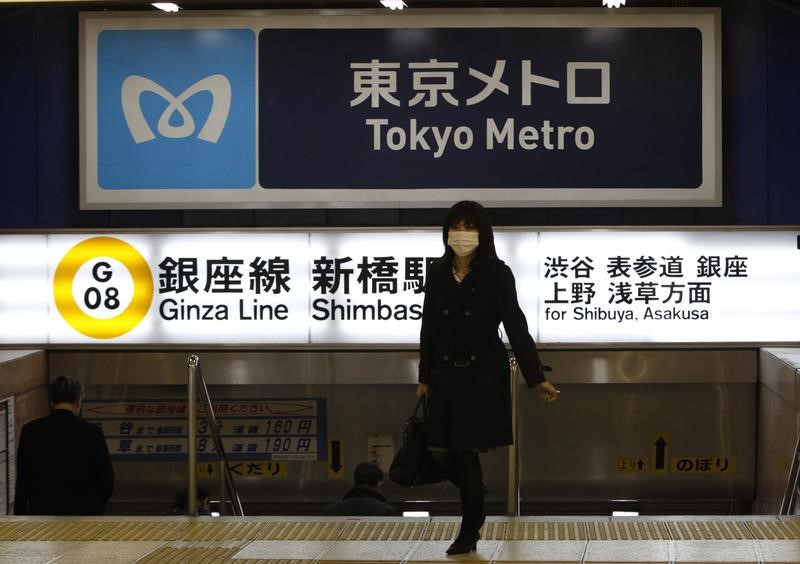Investing.com -- Consumer inflation in Japan’s capital grew at a slower-than-expected pace in August, data showed on Friday, although the reading still remained well above the Bank of Japan’s target range.
Core consumer price index (CPI) inflation, which excludes volatile fresh food prices, rose 2.8% in the 12 months to August, data from the Statistics Bureau showed. The reading was less than expectations of 2.9% and the prior month’s reading of 3.0%.
Overall CPI inflation rose 2.9% in August, less than expectations for growth of 3% and the prior month’s reading of 3.2%.
But a core figure that excludes both fresh food and energy costs remained at 4% in August - its highest level in over 40 years. The figure is closely watched by the BOJ to gauge inflationary conditions in the country, and indicates that underlying inflation remains high.
The reading for Tokyo usually heralds a similar trend in countrywide inflation, with core inflation expected to remain sticky and further pressure the BOJ to eventually begin tightening policy.
The BOJ has maintained its 2% annual target for CPI inflation, and has forecast that inflation will ease to the level by mid-2024.
Easing electricity prices, thanks to government subsidies introduced earlier in the year, helped spur decreases in Japanese inflation in recent months, as did some stability in food and oil imports.
But a deep depreciation in the Japanese yen, which slid to near 10-month lows in August, ramped up the cost of key food and energy imports to Japan. A recovery in tourism also kept consumer discretionary spending high.
The BOJ had last month further widened the band within which it allows bond yields to fluctuate, indicating that it intends to eventually pivot away from its yield curve control policy as Japanese inflation remains sticky. But the bank also said it will continue with its asset purchases and quantitative easing measures in the near-term.
